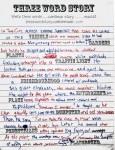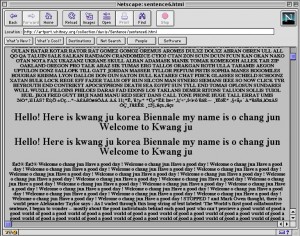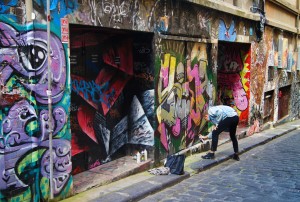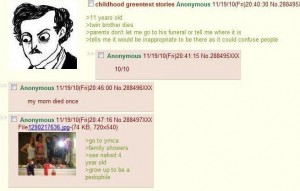“Once the government can demand of a publisher the names of the purchasers of his publications, the free press as we know it disappears. Then the spectre of a government agent will look over the shoulder of everyone who reads. The purchase of a book or pamphlet today may result in a subpoena tomorrow. Fear of criticism goes with every person into the bookstall. The subtle, imponderable pressures of the orthodox lay hold. Some will fear to read what is unpopular, what the powers-that-be dislike. When the light of publicity may reach any student, any teacher, inquiry will be discouraged. The books and pamphlets that are critical of the administration, that preach an unpopular policy in domestic or foreign affairs, that are in disrepute in the orthodox school of thought will be suspect and subject to investigation. The press and its readers will pay a heavy price in harassment. But that will be minor in comparison with the menace of the shadow which government will cast over literature that does not follow the dominant party line. If the lady from Toledo can be required to disclose what she read yesterday and what she will read tomorrow, fear will take the place of freedom in the libraries, book stores, and homes of the land. Through the harassment of hearings, investigations, reports, and subpoenas government will hold a club over speech and over the press.”
-William O. Douglas [United States v Rumley, 345 U.S. 41 (1953)]
There are events for each generation their time. For the “Great Generation” in the 1900s, it was World War II. For the “Generation X”, it was the collapse of the Berlin Wall and the end of the Cold War. For my generation, it is most likely to be 9/11 – the day the world changed. Hasan Elahi, an Indian-born American multimedia artist, explores the consequences of the paranoia following 9/11 – when the American government began its worldwide surveillance to counter “terrorist threats.”After being held back by the FBI and being questioned on his activities, Hasan sets out to document everything he does and uploads them online for everyone to see on his website.
His website, Tracking Transcience, showcases nearly every detail of his life – where he has been, what he has spent money on, what he has eaten, and what he has cooked. He created this website in 2006 – right around the silent start of the social media craze. In a way, much of the info on his site is similar to posts on social media. However, his site lacks one thing that social media adds – context. Without the context of why he is in x, why he had y, and why he was flying to z, Hasan has managed to reduce his full existence to nothing more than data for us to peep at.
By being completely open to being peeped, yet at the same time removing key context, I feel that Hasan has managed to emulate Lady Godiva in a sense – he is baring himself nude, but without any context, he is not inviting us to peep at him – not like social media, wherein you see a picture of a taco with the story that it “… is the best taco in Singapore, omg so shiok u all must try!” in contrast to a post on Hasan’s site which would only show the taco, and a timestamp.
I feel that Hasan manages to critique not only the powers-that-be that consistently monitor everything in the name of safety, but the modern culture of sharing everything we have online. He uses himself as an example of how much data one can upload, and how much others can see into your own life, yet at the same time, he uses this to mask himself, by reducing his day-to-day as raw data without any meaning, he manages to keep a part of himself hidden.
Looking at Hasan’s work, and all his data online, we have to wonder – do we share too much online? Does it matter at this point, with Edward Snowden’s revelations on the NSA’s spying program? Should you take charge of the info that will be online anyway, or should you fight for your own sense of privacy? These are questions that I feel are growing ever more relevant in this age. How far away are we from Big Brother? Does he already exist? Or have we created Big Brother ourselves – by our posting and sharing? Either way – the Thoughtpolice will always know (or think they know, at least.)










